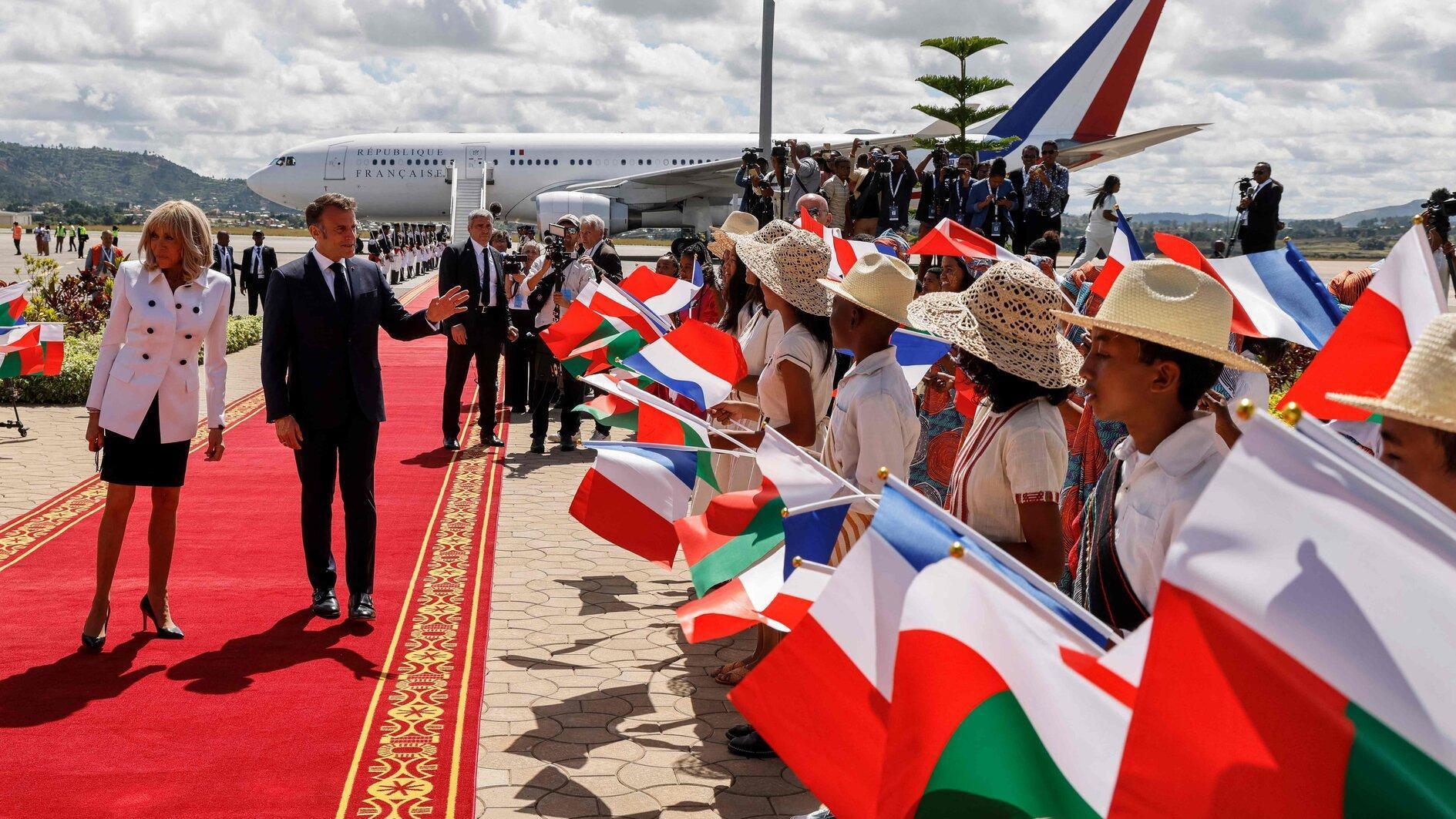Körtik Hill offers thousands of artifacts
DİYARBAKIR
 Excavations in Körtik Hill (Körtik Tepe) in the southeastern province of Diyarbakır’s Bismil district have unearthed more than 30,000 artifacts in 17 years.
Excavations in Körtik Hill (Körtik Tepe) in the southeastern province of Diyarbakır’s Bismil district have unearthed more than 30,000 artifacts in 17 years.Within the scope of the work to rescue the artifacts that will remain underwater in the Ilısu Dam, excavations have been ongoing in Körtik Hill since 2000 under the leadership of the Diyarbakır Museum.
Headed by Dicle University Head of Archaeology Department Professor Vecihi Özkaya, the excavations in Körtik Hill shed light on the history of mankind. The works have shown that people started living in permanent settlements before starting agricultural production.
A needle made of bone, which was used in weaving 12,500 years ago was found in the region. It was also found in the traces of designs featuring all stages of weaving—thin and thick—on the other objects unearthed in the excavation field. Analysis of these objects have detected 10 different weaving types.
Among the other findings in the excavation field are fishing hooks that look like modern ones, stone materials, axes and other materials depicting religious faith.
Speaking to Anadolu Agency, Professor Özkaya said this year’s excavations have been maintained by 180 people, including 40 archaeologists.
Körtik Hill was one of the most important settlements in the Middle East. “It has unearthed many findings that shed light on the unknown about the transition process to permanent settlement. Körtik Hill marked an era in archaeology,” said Özkaya.
Life there dates back to 10,450 years ago. “It has been known so far that people were hunting animals to eat. There was no such thing as permanent settlement. Here, we see a group of people that meet all the requirements of a permanent settlement. This is the first in the history of mankind,” he said.
“With the discovery of agriculture, people gave up hunting animals for food and started producing their own food, which necessitated permanent settlement. This rule is de facto but it lost validity in Körtik Hill.
This place has forced us to reconsider what we know. Because there was a group living in a permanent settlement in Körtik Hill but still hunting,” Özkaya said.
The world has admired the settlement in Körtik Hill. “Academic circles evaluate Körtik Hill as a case that ‘can be found in archaeology once in a thousand years.’ We have delivered 12,000 artifacts to the museum that we found here. We have also unearthed 20,000 artifacts with scientific importance. The figures on stone vessels were processed so well that the Greek and other civilizations envy them,” he explained.
All of the artifacts are undergoing analysis. “For example, Germans carry out genetic research on molar teeth. Botanical research is carried out by a well-known institute in Europe and geomorphological research is made by Russians. This place may not be well-known in Turkey but it is a reference center in the academic world,” he said.
Özkaya said they had a chance to understand the sociocultural levels of people who lived in Körtik Hill and some local habits that still continue date back to this period.
“Amulets are still common in the region against snake and scorpion bites. We have seen snake and scorpion figures on stone vessels. They were used as a gift to death. It shows they attributed a special meaning to the snake and the scorpion. This type of belief still continues. There is a cultural continuation,” he said.
Özkaya also noted they had found single and twin skeletons lying in fetal position in the womb. “It is said that people were busy with finding food in similar societies. However, this is a developed society that has solved the problem of food and shelter; that has institutionalized their religious beliefs and started producing aesthetic values,” he said.
















